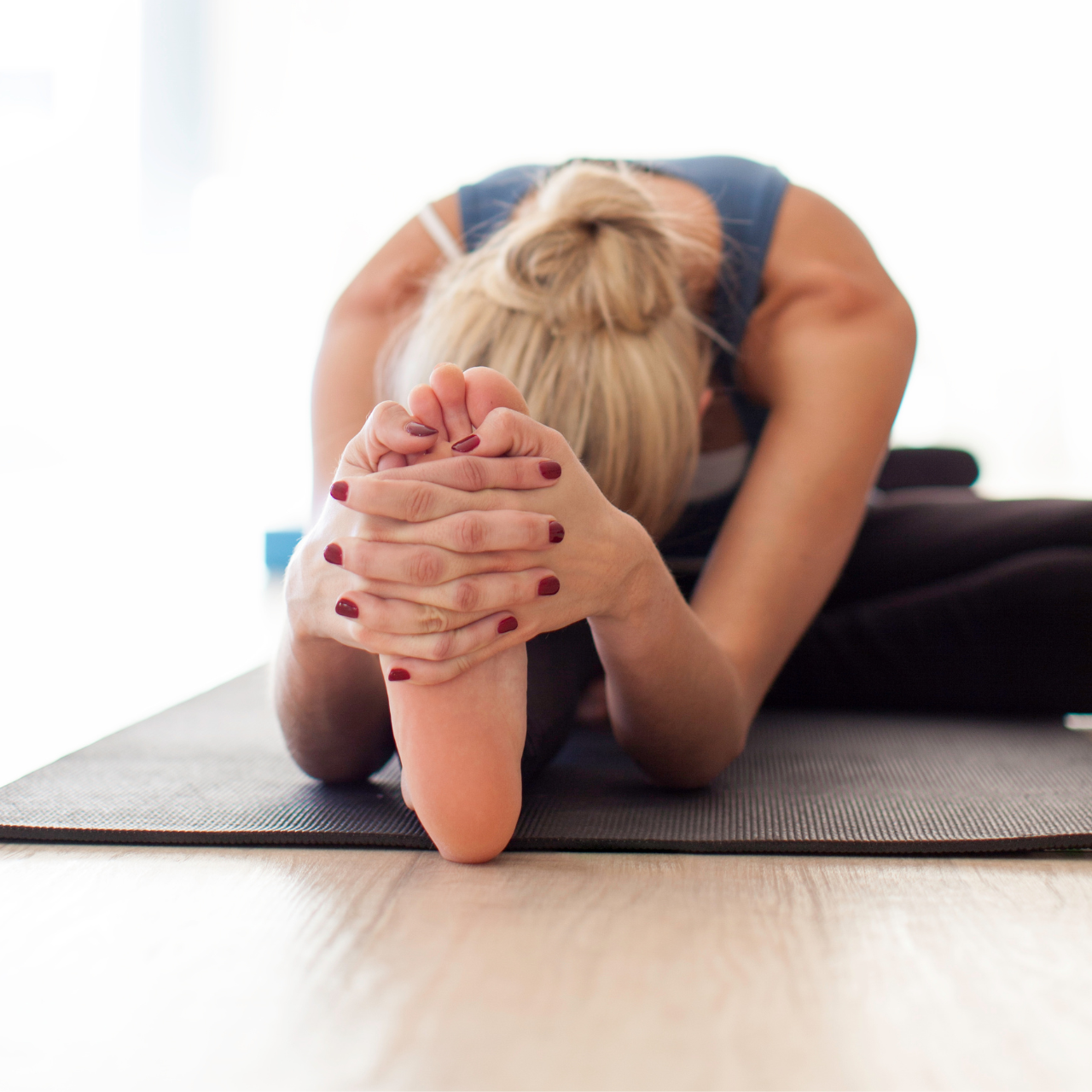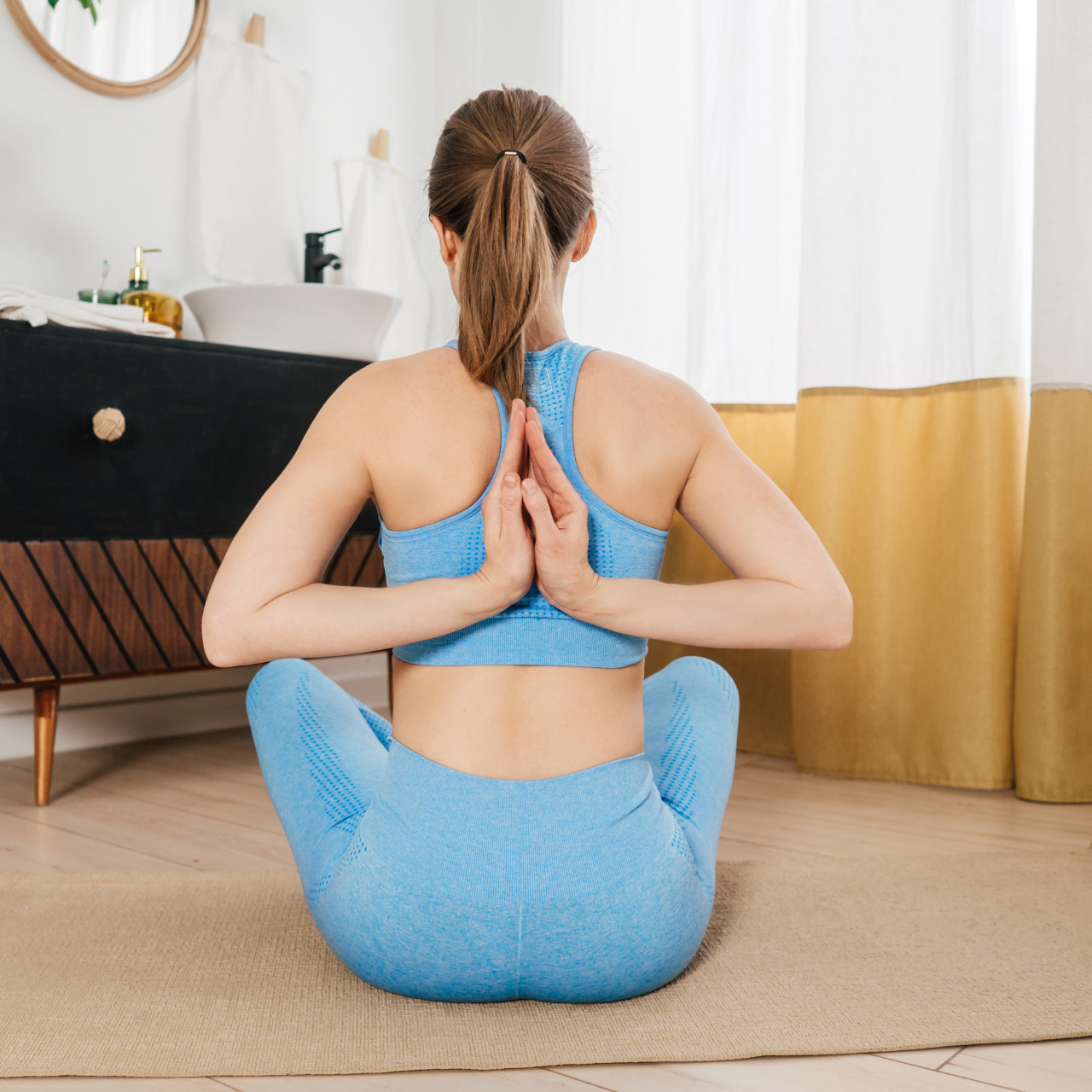

Yoga is a form of movement routine that combines cardiovascular exercise and strength. Some types of yoga entail fast-paced flows, whereas others require more relaxed movement.
Regardless of the form you routinely practice, yoga provides numerous mental health and physical advantages. This post looks at the benefits of yoga.
When stressed, the body naturally increases the production of Cortisol, also called the stress hormone. Studies show regularly practicing yoga can help lower cortisol levels, reduce stress and enhance mental health.
The American Anxiety and Depression Association has often stated that depression and anxiety disorders are among the country’s most prevalent mental health challenges.
Many anxiety disorders include social anxiety, general anxiety disorders, and particular phobias. In some instances, psychologists also classify chronic stress as a form of anxiety disorder.
Numerous studies have found that yoga can effectively help manage anxiety symptoms in patients. For instance, 2018 research on 52 women reported that after 12 yoga sessions, the women experienced fewer anxiety symptoms.
A similar study reported that yoga helps lessen depressive symptoms in patients with other mental issues like post-traumatic stress disorder, bipolar disorder, and schizophrenia. Researchers observed that they significantly improved as the patients completed more yoga sessions.


As we age, it’s common to develop lower back and joint pain, mainly due to reduced physical activity. Research indicates that yoga can significantly help alleviate this pain.
Multiple studies also show that different types of yoga, such as Iyengar, asana, and vinyasa, help to lessen pain while enhancing the range of motion and flexibility to rectify movement issues. This suggests that constantly practicing yoga could help cure the root cause of your joint pain.
Inflammation is how the human body naturally responds to illness or injury. However, problems arise when the inflammation stays in the body longer than it should. People with chronic inflammation are at high risk of multiple autoimmune diseases like diabetes, Crohn’s disease, arthritis, and heart disease.
A 2019 research reported that yoga can help lower chronic inflammation. The researchers conducted the study with several yoga styles and observed that the blood inflammation biomarkers in patients decreased after completing a yoga program.
While most people believe that yoga only helps with flexibility and stretching, some yoga classes can facilitate strength building. It all depends on the teacher, approach, and class level, which explains why doctors consider yoga asana a multimodal exercise.
Researchers have repeatedly studied yoga’s ability to build strength in older adults, children, and breast cancer patients.
Your mobility and range of motion play a significant role in preventing injury and healthy aging.
Incorrect form and poor posture, especially while lifting weights or objects at work, heighten your chances of injury and chronic pain. Over time poor posture may even affect your ligament, muscle, and bone health.
There are different types of yoga, like asana, Iyengar, and ashtanga, that primarily focus on posture, alignment, and range of motion can help prevent injury while also increasing flexibility.
Yoga may positively aid cardiovascular health factors such as heart rate, blood pressure, triglycerides, and cholesterol levels. High blood pressure leads to many cardiovascular issues like stroke and heart attack. It could also affect your kidneys.


Additionally, studies show that when you make positive lifestyle changes like quitting alcohol and smoking and starting to eat healthy while practicing yoga, it will aid in enhancing “good” cholesterol levels.
Research indicates that yoga improves overall sleep quality by making sleep patterns regular.
For instance, you can do intense yoga practice to increase your physical activity, and at night you will sleep better. Also, you can do a whole relaxing routine a few minutes before bed to reduce anxiety, promote relaxation and help you sleep faster.
Meditation is a key component of Yoga, but you must meditate a lot to attune your body to quantum energy. Using quantum products, like Leela Quantum Bloc, you can do so instantly, thereby achieving higher consciousness levels and more energy in all areas of your life, be it self-harmony, family, work, etc.
To fully enjoy yoga’s benefits, choose a type that works for you and be consistent. After some time, you’ll start observing positive changes.
Share